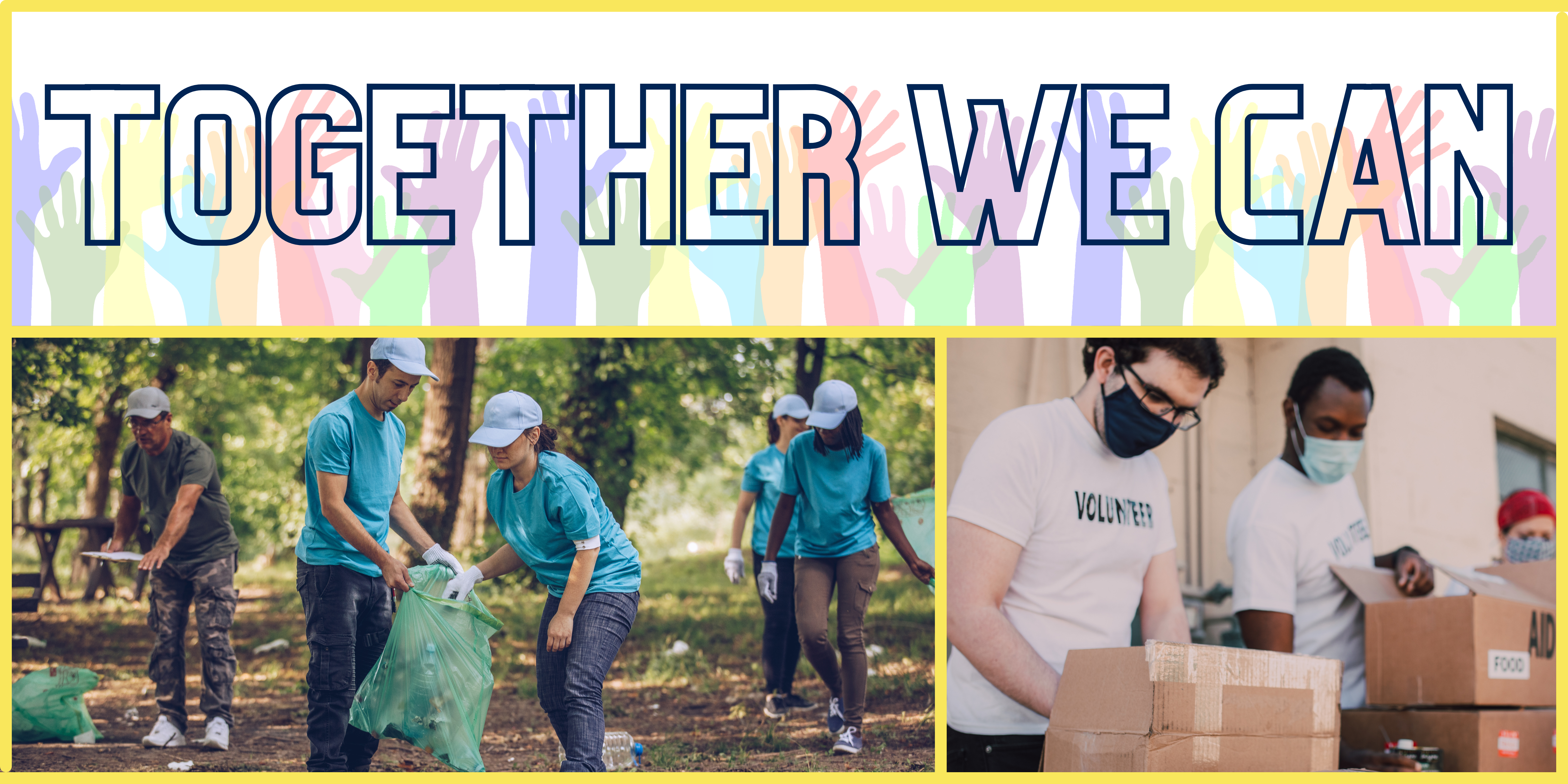I woke up excited today to head to a meeting with a group that I volunteer with. When I walked into the room, I noticed that every single person was either on their phone, had their chin resting on their hand in a bored position, or they were looking at the ceiling and avoiding eye contact with others. They wanted nothing to do with one another. I thought to myself, “Self, this group needs to connect in some way. It’s crazy how quiet it is here and how dull it feels.” Granted, most of the people were here for community service, however, I wanted to make sure my group was still having a good time. So I asked myself the following questions:
How do I make this work?
How do I engage the disengaged?
How do I make this group feel like a community?
While I may not have all the answers, I did come up with a few ideas on how to make things work. It takes time. Let me say that again … It. Takes. Time. After a few months of gaining the trust of my group members and showing them that I care, The following points are what I came up with that helped us tremendously.
One on Ones
Be creative and have a one-on-one (1:1) with each member at some point. For those who do not know, a 1:1 is a mini-meeting or gathering with you and the other person – no one else. This allows you to engage with that individual and learn more about them on a personal level. It allows you to make those connections that you may not have the ability to make when others are around.
Build Trust
Talk with your team members. Ask them questions, tell them things about yourself, and be honest with them. Sometimes people have trust issues; imagine someone who has no one else on their side. The world shut them out so now they are in a position where they have to do something (that they likely don’t want to do) with a group of strangers. That can be difficult and uncomfortable for some people. This is your opportunity to slowly get to know these people and build a trusting bond with them. Let them be open and vulnerable to you without pushing them.
Send a little gift (or card of appreciation)
I LOVE doing this one. Sometimes I will make handmade cards for my group and give them out randomly throughout the day or throughout the month. It is something simple and small that goes a long way. I personally don’t have the biggest budget, but a handwritten note saying, “You’re doing a great job” or “Wow, (name here), I can’t believe how hard you worked last time we were together, I am so excited to see that energy and positivity again this week!” It’s the little things that can brighten someone’s day.
Disconnect
If you notice a member who is just clearly lacking and wants nothing to do with the group, talk to them. Yes, I said it; have a nice conversation with that person and see what is going on. Ask them if there is anything you can do to make the experience better for them. Ask them if there is anything they want to talk about. You never know when someone is going through a hard time and just needs to vent it out. They may not want answers, they may need to just simply talk. The best thing you can do for someone is to simply listen. You don’t need to make every opportunity a learning lesson. You don’t always need to have an answer. Be empathetic. From the amazing Brene Brown, “Empathy is a choice, and it’s a vulnerable choice”. When someone is opening up to you and you aren’t sure what to say, that is okay. Brene Brown gives a great example you could use when someone does open up to you, “I don’t even know what to say. I’m just glad you told me”.
Patience
This is one of the most difficult tips. There are a lot of people who lack patience in our world today. With technology booming and more and more people getting answers immediately, it has come to effect our everyday human lives. When working with a community that is disengaged, you will need time. Please do not expect people to jump for joy, or become immediately engaged because you did the following within your groups. It took me months to get this group more energetic and involved.
After months of working together and figuring out who we are in our mini-volunteer community, we are now a tight-knit family that loves working with each other (most of us) because we took the time to learn who we are by gaining each other’s trust, working together 1:1, and being patient.




